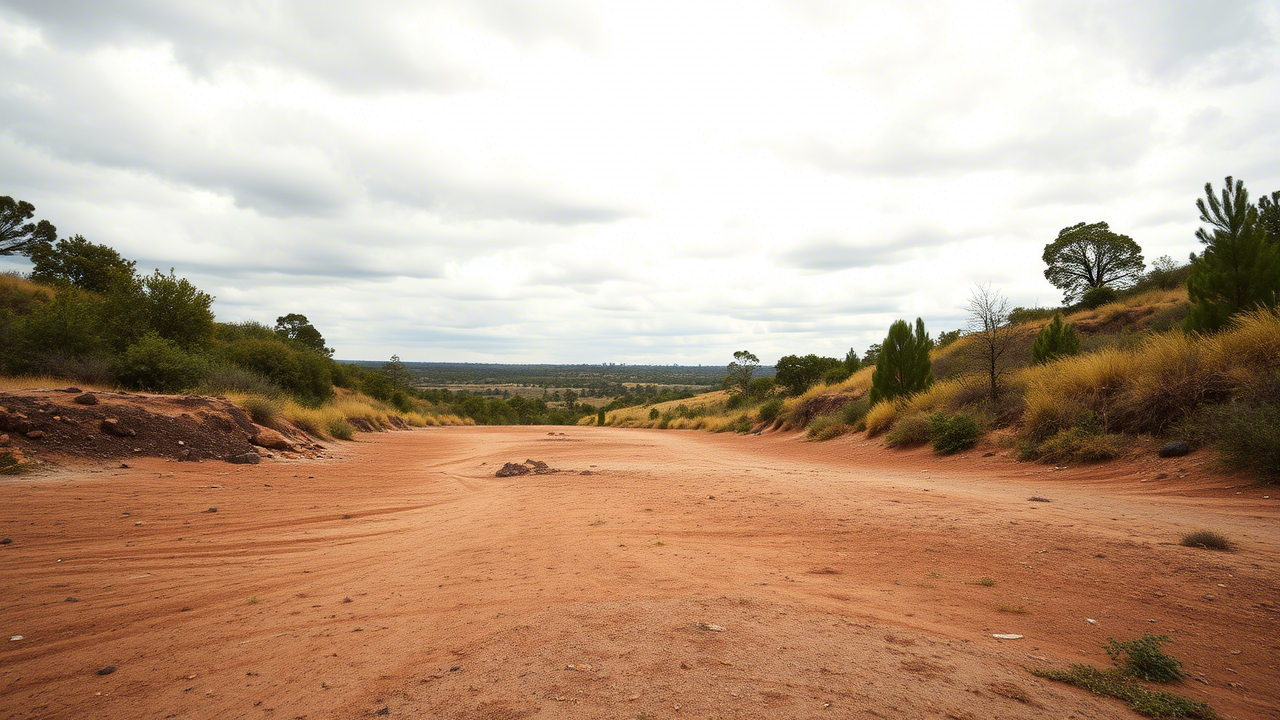
Vacant land is one of the most versatile and underrated assets in the real estate market. Whether you’re an investor, developer, or someone looking to build your dream home, understanding the nuances of undeveloped land, empty lots, and unoccupied property can open doors to incredible opportunities. From raw land to zoned land, this guide will walk you through everything you need to know about buying, selling, and maximizing the value of land for sale.
In this comprehensive guide, we’ll explore:
- The types of vacant land and their potential uses
- How to identify the best development opportunities
- Step-by-step tips for buying and selling residential plots and commercial land
- Real-world examples of successful land investments
- Actionable strategies to maximize your returns on investment property
By the end of this article, you’ll have a clear roadmap to navigate the world of available acreage, greenfield sites, and rezoning potential. Let’s dive in!
What is Vacant Land?
Vacant land refers to any parcel of land that is undeveloped, unoccupied, and free of structures. It can range from agricultural land to building sites with rezoning potential. Unlike developed properties, vacant land offers a blank canvas for various uses, including residential, commercial, or industrial development.
Types of Vacant Land
- Residential Plot: Ideal for building homes or multi-family units.
- Commercial Land: Suitable for businesses, retail spaces, or offices.
- Agricultural Land: Used for farming, ranching, or forestry.
- Raw Land: Completely undeveloped, often without utilities or infrastructure.
- Zoned Land: Land designated for specific uses by local authorities.
- Greenfield Site: Undeveloped land in a rural or urban area, often with high development opportunity.
Why Invest in Vacant Land?
Investing in undeveloped land offers several advantages:
- Lower Initial Cost: Vacant land is often more affordable than developed properties.
- High Appreciation Potential: Land values tend to increase over time, especially in growing areas.
- Flexibility: You can hold, develop, or sell the land based on market conditions.
- Low Maintenance: Unlike buildings, land requires minimal upkeep.
- Tax Benefits: Many jurisdictions offer tax incentives for land ownership.
How to Buy Vacant Land: A Step-by-Step Guide
1. Define Your Goals
Before purchasing land for sale, determine your objectives. Are you looking for a residential plot, commercial land, or an investment property? Your goals will influence your search criteria.
2. Research the Market
- Use online platforms to find available acreage in your desired location.
- Analyze recent sales data to understand market trends.
- Look for areas with high rezoning potential or upcoming infrastructure projects.
3. Inspect the Land
- Visit the site to assess its condition, topography, and accessibility.
- Check for utilities like water, electricity, and sewage.
- Verify zoning regulations and restrictions.
4. Secure Financing
- Explore loan options specifically for raw land purchases.
- Consider seller financing or partnerships to reduce upfront costs.
5. Close the Deal
- Hire a real estate attorney to review the contract.
- Conduct a title search to ensure there are no liens or disputes.
- Finalize the purchase and register the land in your name.
Maximizing the Value of Your Vacant Land
1. Develop the Land
- Build residential or commercial properties to generate rental income.
- Subdivide the land into smaller subdivision lots for resale.
2. Lease the Land
- Lease agricultural land to farmers or commercial land to businesses.
- Offer the land for recreational uses like camping or hunting.
3. Hold and Sell
- Hold the land until its value appreciates, then sell it for a profit.
- Target areas with high growth potential or upcoming developments.
4. Rezone the Land
- Apply for rezoning to increase the land’s usability and value.
- For example, converting agricultural land into a residential plot can significantly boost its worth.
Real-World Examples of Successful Land Investments
Case Study 1: Residential Development
John purchased a 10-acre empty lot on the outskirts of a growing city. He subdivided the land into 20 residential plots and sold them to homebuilders. Within three years, his initial investment of 200,000grewto1 million.
Case Study 2: Commercial Land Lease
Sarah bought a 5-acre commercial land parcel near a highway. She leased the land to a logistics company, earning $50,000 annually in rental income.
Case Study 3: Agricultural Land Conversion
Mike acquired 50 acres of agricultural land and successfully rezoned it for residential use. He sold the land to a developer for five times his purchase price.
Common Mistakes to Avoid When Buying Vacant Land
- Ignoring Zoning Laws: Always verify zoning regulations before purchasing.
- Overlooking Infrastructure Costs: Developing raw land can be expensive if utilities are not readily available.
- Skipping Due Diligence: Conduct thorough research to avoid legal or financial pitfalls.
- Underestimating Holding Costs: Property taxes and maintenance can add up over time.
Frequently Asked Questions (FAQs)
1. What is the difference between raw land and zoned land?
- Raw land is completely undeveloped, while zoned land has been designated for specific uses by local authorities.
2. How do I find land for sale near me?
- Use online real estate platforms, work with a local agent, or attend land auctions.
3. Can I build on undeveloped land?
- Yes, but you’ll need to check zoning laws, obtain permits, and ensure the land is suitable for construction.
4. What are the tax implications of owning vacant land?
- Tax rates vary by location, but many areas offer incentives for land ownership. Consult a tax professional for advice.
Conclusion: Unlock the Potential of Vacant Land
Vacant land is a powerful asset that offers endless possibilities. Whether you’re looking for a residential plot, commercial land, or an investment property, understanding the market and following the right strategies can lead to significant returns.
By leveraging the insights and tips in this guide, you’ll be well-equipped to navigate the world of undeveloped land, empty lots, and unoccupied property. Start your journey today and unlock the hidden potential of land for sale.



